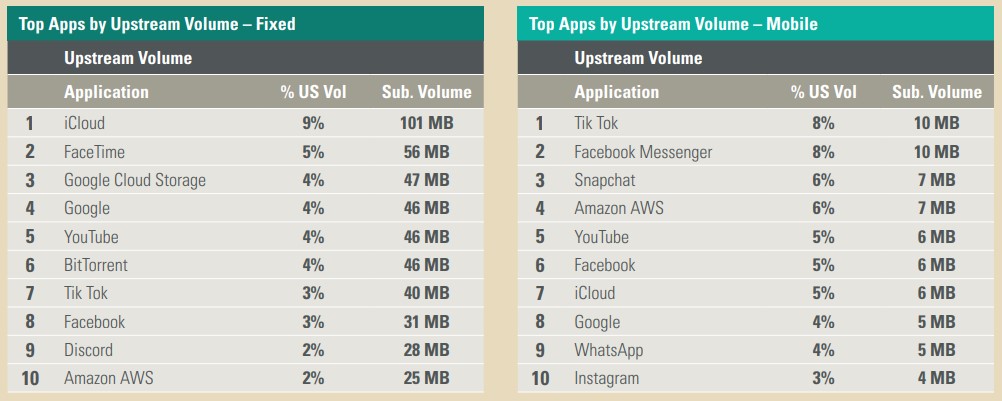In the past two decades, Internet traffic has exploded with more bytes being transferred in each successive year.
While this stable trend continues, the types of traffic that pass through the pipes have changed radically.
Back in 2004, in the pre-Web 2.0 era, research indicated that BitTorrent was responsible for an impressive 35% of all Internet traffic. At the time, file-sharing via peer-to-peer networks was the main traffic driver as no other services consumed large amounts of bandwidth.
Video Streaming Killed the Torrent Star
Fast-forward two decades and these statistics are ancient history. With the growth of video streaming, including services such as YouTube, Netflix, and TikTok, file-sharing traffic is nothing more than a drop in today’s data pool.
Even among pirates, file-sharing is no longer as relevant as it once was. Most pirate sites today are streaming-based and BitTorrent lost pretty much all of its ‘market share’ there too.
As these changes took place, BitTorrent-watchers, including the undersigned, started to focus on upload traffic. This continued to be dominated by BitTorrent for a long time. Two years ago, the file-sharing protocol still accounted for the largest share of global upstream Internet traffic.
The main question was how long this would last. In 2013, BitTorrent still accounted for roughly a third of all upload traffic. It remained the dominant upload source in the years that followed, but trended downwards, reaching a new low of 10% two years ago.
BitTorrent Dethroned
This week, Canadian broadband management company Sandvine released its latest Global Internet Phenomena Report which makes it clear that BitTorrent no longer leads any charts.
The latest data show that video and social media are the leading drivers of downstream traffic, accounting for more than half of all fixed access and mobile data worldwide. Needless to say, BitTorrent is nowhere to be found in the list of ‘top apps’.
Looking at upstream traffic, BitTorrent still has some relevance on fixed access networks where it accounts for 4% of the bandwidth. However, it’s been surpassed by cloud storage apps, FaceTime, Google, and YouTube. On mobile connections, BitTorrent no longer makes it into the top ten.

The average of 46 MB upstream traffic per subscriber shouldn’t impress any file-sharer. However, since only a small percentage of all subscribers use BitTorrent, the upstream traffic per user is of course much higher.
End of an Era
The report mentions BitTorrent as a “significant factor” as the traffic is generated by a small number of users. These include pirates, but also academics who use torrents to share large datasets. However, Sandvine also sees the writing on the wall.
“[U]sage of BitTorrent might go down as people use the cloud and tap the content that is increasingly available through streaming services,” the report reads.
Finally, it’s worth noting that not all torrent traffic can be accurately measured. When people use VPNs, for example. While this may impact the statistics, the VPN category doesn’t appear in the top upload lists so its usage won’t change the overall conclusion that BitTorrent no longer dominates.
This marks the end of an era; two decades of BitTorrent’s status as a traffic leader in some way, shape, or form, disappearing in the rearview mirror. As such, this will likely be the last report of this kind on TorrentFreak. Unless there’s an unforeseen revival somewhere in the future, of course.
—
From: TF, for the latest news on copyright battles, piracy and more.
Source : BitTorrent is No Longer the ‘King’ of Upstream Internet Traffic









